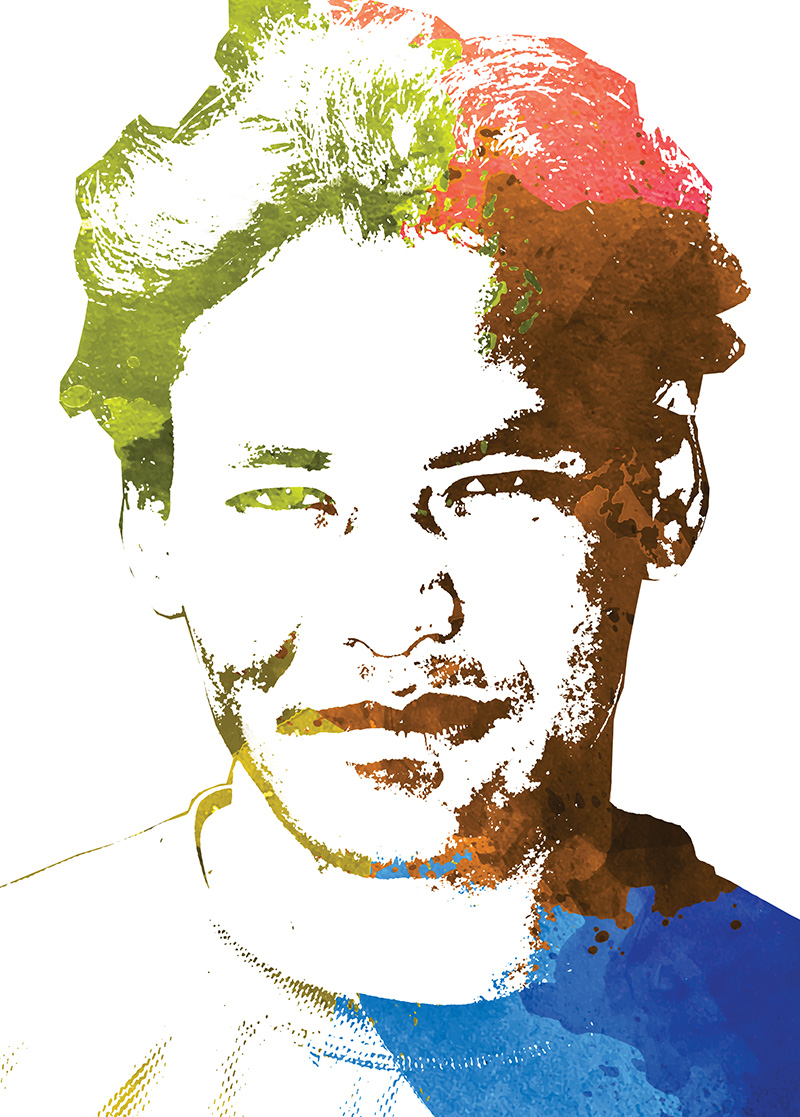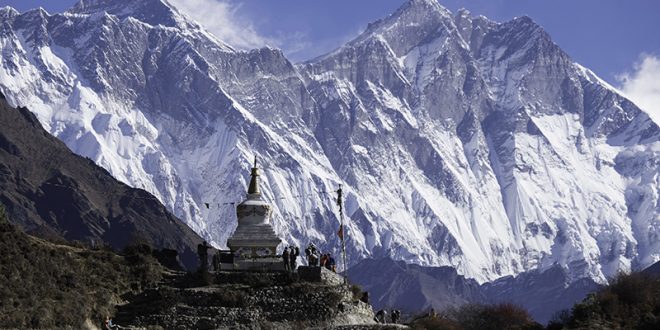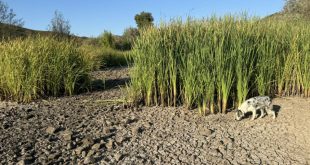Madan Thapa Magar | Emigrant
The country of Nepal is 800 km long and 180 km wide, covering 147,181 square kilometres. Its land area is 50% bigger than Portugal. It is home to 27 million people, two and a half times as many as in Portugal. In the north, the country borders Tibet, in the south India. Southern Nepal, known as the Terai, consists of river landscapes, jungles and vast areas of agricultural land, and is densely populated. Most rural villages and small towns are located in the water-rich south. Agriculture and small industries dominate the economic picture. The north is dominated by several mountain ranges stretching from east to west, and valleys where mountain streams and rivers flow from north to south. It is considered an acute earthquake area and is less densely populated. One exception is Kathmandu, the capital. The small town of Solukhumbo is located one day or 300 kilometres east of the capital in the mountains of eastern Nepal. This is where the ascent begins to the base camps of the highest mountain on earth, Mount Everest, less than 50 km away as the crow flies. That’s where Madan Thapa Magar comes from. He was born in 1991 and is now 25 years old. ECO123 met him in Portugal for an interview.

What is the economic situation like after the earthquake?
Nepal is one of the poorest countries, maybe not in the cities but in the northern mountain villages. It is difficult to survive in these villages because we have a field for growing our food, but we have to buy additional food and stuff we need money for, which we don’t have. No money – no food. Life in Nepal is becoming more and more expensive because of tourism and there is no employment. Paying for food is difficult. I feel it is hard to survive in Nepal. The earthquakes from last year affected all cities and many villages in eastern and northern parts of Nepal. It was really hard and even in the cities the people had to live in tents. 50 people in one tent. I went to my village after the earthquake and all the houses were cracked or falling to pieces. Additionally, after the earthquakes, with the monsoon, the rain started in June and we needed to live under plastic or tin roofs. The earthquakes are still going on, smaller ones, and it is still frightening.
 Eco123 Revista da Economia e Ecologia
Eco123 Revista da Economia e Ecologia


